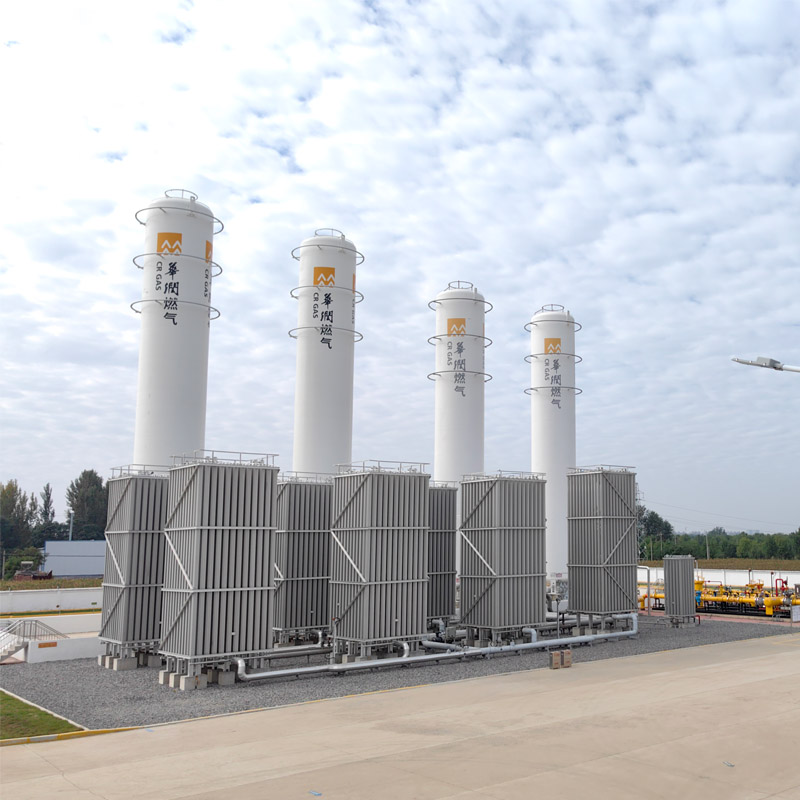
Nov . 10, 2024 17:35
Back to list
Designing Efficient Cyclone Separators for Enhanced Particle Separation Techniques
Cyclone Separator An Overview
In various industrial applications, the need for efficient separation of particles from gases or liquids has propelled the development of devices known as cyclone separators. These separators are widely used in fields such as chemical processing, power generation, and environmental engineering to enhance operational efficiency and reduce environmental impact.
A cyclone separator is a mechanical device that uses centrifugal force to separate solid particles from gas or liquid streams. This separation process occurs without the use of filters or membranes, making the cyclone separator a low-maintenance apparatus. Its operation is based on the principle of inertia, where particles in the gas or liquid are forced to the outer edges of the cyclone due to rotational motion. As the mixture enters the cyclone chamber tangentially, it spirals downward through a conical-shaped chamber, generating a centrifugal force that effectively separates larger and heavier particles.
The design of a cyclone separator is relatively simple yet highly effective. The main components include an inlet pipe, a cylindrical section, a conical section, an outlet for the clean gas or liquid, and an outlet for the collected particles. The design parameters, such as the height and diameter of the cyclone, as well as the angle of the cone, can significantly influence the efficiency of the separation process. Proper optimization of these parameters is essential to achieve high collection efficiency and minimize pressure drop.
cyclone separator

One of the significant advantages of cyclone separators is their ability to handle a wide range of particle sizes and concentrations. They can effectively collect particles from the micro-level to larger chunks, making them versatile for various applications. For instance, in the agricultural sector, cyclone separators are used to collect dust and debris during grain processing, while in the mining industry, they help separate ore from waste rock.
Moreover, cyclone separators are environmentally friendly alternatives to traditional filtration methods. Since they do not require any moving parts or consumables, their operation results in lower energy consumption and reduced waste generation. Notably, the absence of filters prevents clogging and the need for frequent replacements, which can be significant cost savings over time.
Despite their advantages, cyclone separators are not without limitations. Their efficiency tends to decrease as particle size decreases, making them less effective for very fine particles. In such cases, additional separation equipment may be necessary to complement the cyclone separator. Furthermore, the performance of a cyclone separator can be affected by factors such as gas velocity, pressure, and the physical properties of the particles being separated.
In conclusion, cyclone separators play a crucial role in various industrial processes by enabling efficient separation of solids from gases and liquids. Their simple design, low maintenance needs, and effectiveness across diverse applications make them a valuable tool in modern industry. As environmental regulations become more stringent and the demand for cleaner production processes increases, the use of cyclone separators is likely to expand. Continuous advancements in design and technology will further enhance their performance, making them an integral part of sustainable industrial practices.
Latest news
-
Safety Valve Spring-Loaded Design Overpressure ProtectionNewsJul.25,2025
-
Precision Voltage Regulator AC5 Accuracy Grade PerformanceNewsJul.25,2025
-
Natural Gas Pressure Regulating Skid Industrial Pipeline ApplicationsNewsJul.25,2025
-
Natural Gas Filter Stainless Steel Mesh Element DesignNewsJul.25,2025
-
Gas Pressure Regulator Valve Direct-Acting Spring-Loaded DesignNewsJul.25,2025
-
Decompression Equipment Multi-Stage Heat Exchange System DesignNewsJul.25,2025

